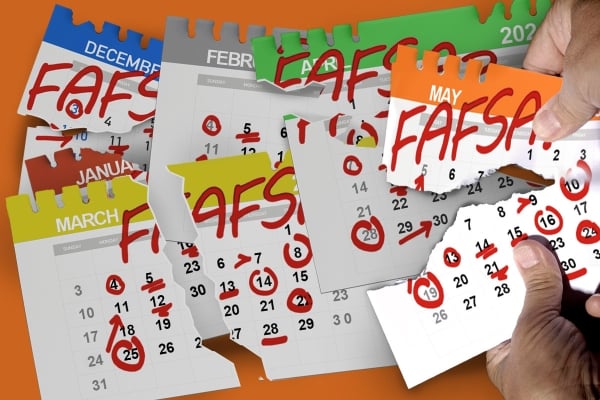It’s that time of year again – the time when students start receiving their financial aid forms. For many students, this can be an exciting time as it means they are one step closer to being able to afford their college education. However, for others, it can be a stressful time as they try to navigate the often complicated world of student aid.
The first step in the financial aid process is filling out the Free Application for Federal Student Aid (FAFSA). This form is used to determine a student’s eligibility for federal, state, and institutional aid. It asks for information about the student’s income, assets, and family situation. Once the FAFSA is submitted, students will receive a Student Aid Report (SAR) that outlines their Expected Family Contribution (EFC) and their eligibility for various types of aid.
After receiving their SAR, students will start receiving financial aid award letters from the colleges they have applied to. These letters outline the types and amounts of aid that the student is eligible for, including grants, scholarships, loans, and work-study programs. It’s important for students to carefully review these award letters and consider their options before accepting any aid.
For many students, the financial aid process can be overwhelming. There are so many forms to fill out, deadlines to meet, and decisions to make. It’s important for students to stay organized and keep track of all the documents they need to submit. Additionally, students should reach out to their school’s financial aid office if they have any questions or need assistance.
Overall, the student aid forms starting to trickle in is a sign that the college financial aid process is underway. While it can be a stressful time for some students, it’s also an important step in securing the funds needed to pursue a higher education. By carefully navigating the financial aid process and staying on top of deadlines, students can make the most of the aid available to them and achieve their academic goals.



